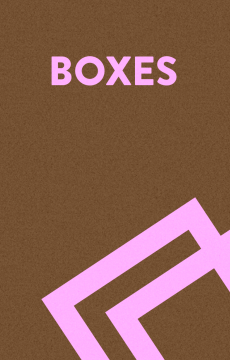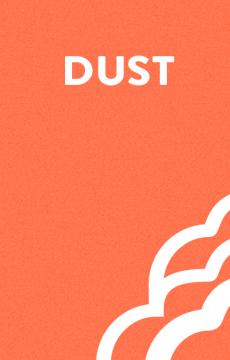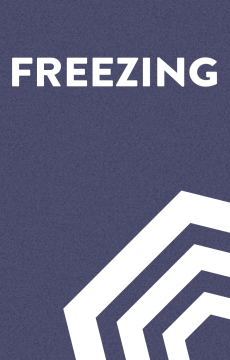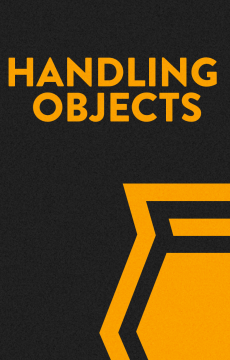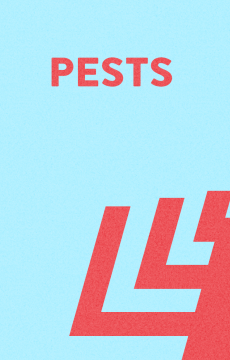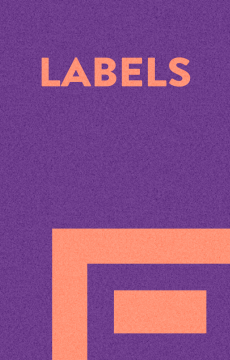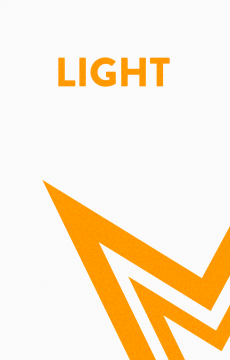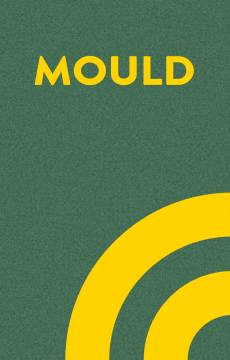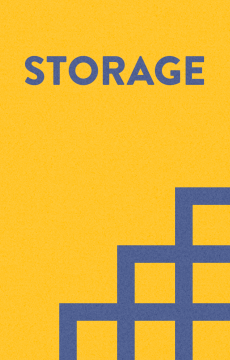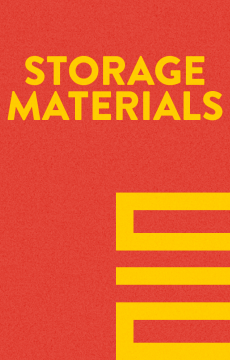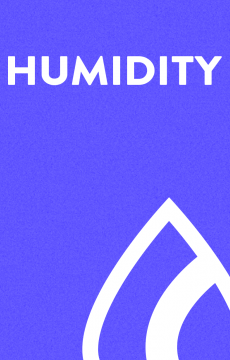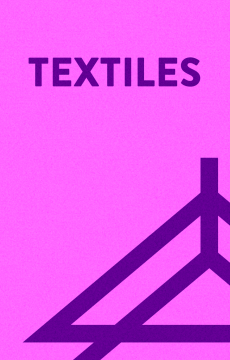Postive Photographic Images
On Metal
| A |
Image is on highly polished silver. |
Daguerreotype (1839-1860s) |
| B |
Dull image on black or brown varnished iron |
Ferrotype or Tintype (1852-1940s) |
| C |
Image is on copper, aluminium, zinc. May be sepia, black and white or colour. |
Carbon-transfer (1864-1930s) or Transferrotype (1884-1930s) |
| D |
Image is on white enamelled copper plate. |
Photo-ceramic (1860s on) |
On Miscellaneous Bases
| A |
Synthetic ivory |
Ivortype (1855-1910), Eburneum (1865-1910s) |
| B |
Fabrics - cotton, silk, linen |
Cloth print (1850 on) |
| C |
Fabrics, oil cloth |
Planotype (1854-1900) wet collodion positive |
| D |
Fired glaze image on china or porcelain |
Photo-ceramic (1860s on) |
| E |
Image on wood, stone |
Carbon transfer (1864-1930s) or Transferrotype (1884-1930’s) |
On Glass
| A |
Dull negative image made positive by viewing against a dark background. |
Collodion positive, also known as Ambrotype (1851-1870s) |
| B |
Positive image on opal glass. |
Opaltype (1880-1920) |
| C |
Print on convex glass, translucent, hand tinted. |
Crystolleum (1880s-1930s) |
| D |
Images on 3¼" x 3¼" to 3½" x 4" glass plates - can be collodion, gelatin carbon, dyed or hand-tinted. |
Lantern slides (1851-1900) |
Identification of Prints
(10 x – 30 x magnification)
Single Layer Paper Support
| A |
Uncoated single layer paper. Paper fibres clearly visible with the image formed in the paper fibres. |
Purple to warm sepia highlights, yellow especially at the edges. |
Salted paper print (1840-1860s) |
| |
|
Neutral grey or brown image, no fading. |
Platinotype (1880-1920s) |
| |
|
Bright blue image. |
Cyanotype (1840s) Negative image
Cyanotype (1880-1920) Positive image |
| |
|
Shows regular pattern. |
Photomechanical process (1870-on) |
Double Layer Paper Support
| B |
Double layer paper, fibres may be visible through the binder layer. |
Purple to red brown image. Usually yellow in the highlights, cracking of binder layer. |
Albumen print (1850-1920s) |
| |
Paper fibres visible. |
No image fading. Can be any colour. Woodburytype is normally chocolate brown with distinct image relief. |
Carbon print (1860-1900s) Pigment print
or
Woodburytype (1865-1890s) |
Triple Layer Paper Support
| C1 |
Fibres visible. Water spot test shows swelling. |
Warm purple to red brown image. |
Gelatin printing out paper (1880-1920) |
| |
Paper fibres invisible. Water spot test shows swelling. |
Silver mirroring may be seen in high density areas. |
Gelatin developing out paper (1880-on) |
| C2 |
Paper fibres invisible. Water spot test has no effect. |
|
Collodion printing out paper (1880-1920) |
| |
Water spot test has no effect. |
No image fading. Neutral image hue. |
Matt collodion printing out paper with gold and platinum toning (1880-1920s) |
Negative Images
On Paper
| A |
Plain uncoated writing paper |
Calotype (1840-1860s) |
| |
Translucent waxed paper |
Calotype (1851-1865) Waxed paper negative |
| |
Oiled paper |
Eastman negative paper (1884-1895) |
On Glass
| B |
Image often creamy |
Wet collodion (1851-1880s) |
| |
|
Dry collodion (1854-1885) |
| |
|
Albumen (1848-1920s) |
| |
Image is black and may be tarnished. |
Gelatin dry plate (1880-on) |
It is difficult to differentiate between wet collodion, dry collodion and albumen images. An alcohol spot test which dissolves the collodion may be necessary
On Film
| C |
There are no easily discernible visual differences between these film types |
Cellulose nitrate (1889-1950) |
| |
|
Cellulose acetate and tri-acetate (1930-1960s) |
| |
|
Polyester (1965-on) |
These film types can be identified by putting a small sample in a test tube containing trichloroethylene. During a 10-second time test, the cellulose nitrate sinks to the bottom, the acetate hovers about the middle and the polyester floats to the top.
Alternatively, a small sample (pin-head size) can be examined by infra-red spectroscopy. This specialised and somewhat expensive technique will allow unambiguous identification.

